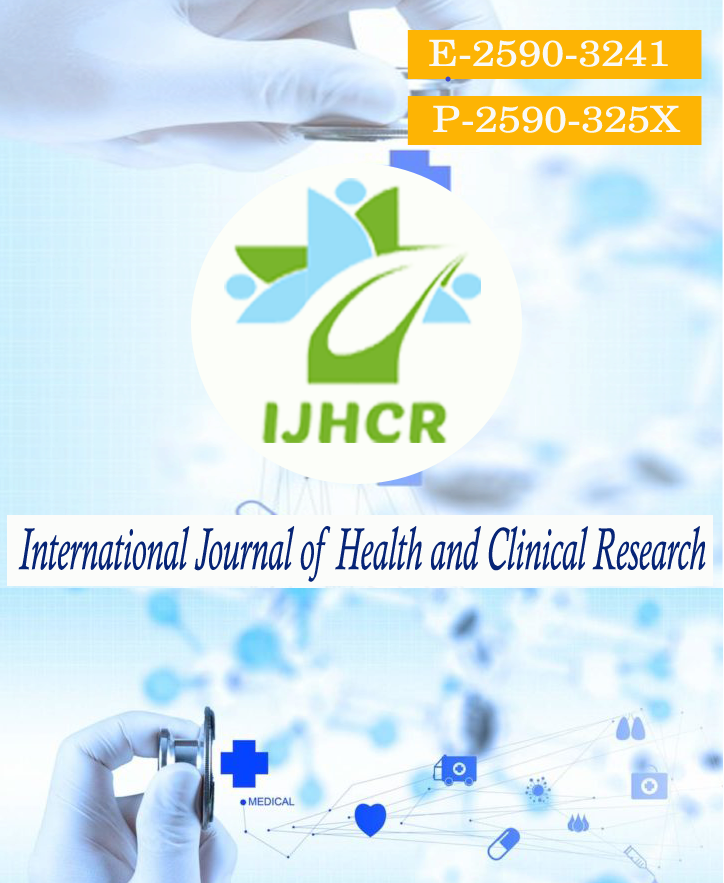Analysis of labour using modified WHO partograph in primigravida in a tertiary care centre of north Kerala
Keywords:
Full dilatation , labour pattern, partograph ,second stage CS, Arrest of descent, Primary CSAbstract
Background: Partogrm is a simple tool for early detection of abnormal labour . Prevention of prolonged labour reduces the risk of postpartum hemorrhage and sepsis . Here, we evaluated the use of WHO modified partograph in labour of primigravidae, its advantages, importance and any drawbacks. Methods: This prospective observational study was conducted at a tertiary care teaching institute from March 2020 to September 2020 at KMCT Medical college, Kozhikode .It included all the first time mothers (N = 87) with singleton term pregnancies delivered by normal labour. All the parameters were entered in partograph accordingly. Progress of labour, duration of labour, rate of cervical dilation and need for augmentation were studied .Baby's APGAR was noted at 1 and 5 minute. Results: The mean age of primigravida was 21.8 and the mean duration of first stage labour and second stage of labour was 4 hours & 30 minutes respectively. Mean rate of cervical dilatation – 1.21 cms/ hour. The primary caesarean rate in the study was 28% - The operative vaginal delivery rate was 14 %. Patients crossing the alert line had a longer duration of labour with need for augmentation. No statistically significant association was seen with mode of delivery, maternal and neonatal outcome. An alert line cannot be used to assess satisfactory cervical dilatation according to recent WHO and ACOG guidelines. Conclusion: In this research, abnormal labour could be identified from partograph and corrective measures could be taken and adverse maternal outcome averted. Partograph in which the alert line was crossed did not point out to the adverse foetal and neonatal outcomes. Management of labour using partograph plotted according to new guidelines of labour will avoid unnecessary augmentation and intervention.
Downloads
Published
How to Cite
Issue
Section
License
Copyright (c) 2021 Sudhya P, Chellamma V K, Heera ShenoyT, Jensy Chembakassery

This work is licensed under a Creative Commons Attribution 4.0 International License.






 All articles published in International Journal of Health and Clinical Research are licensed under a
All articles published in International Journal of Health and Clinical Research are licensed under a 